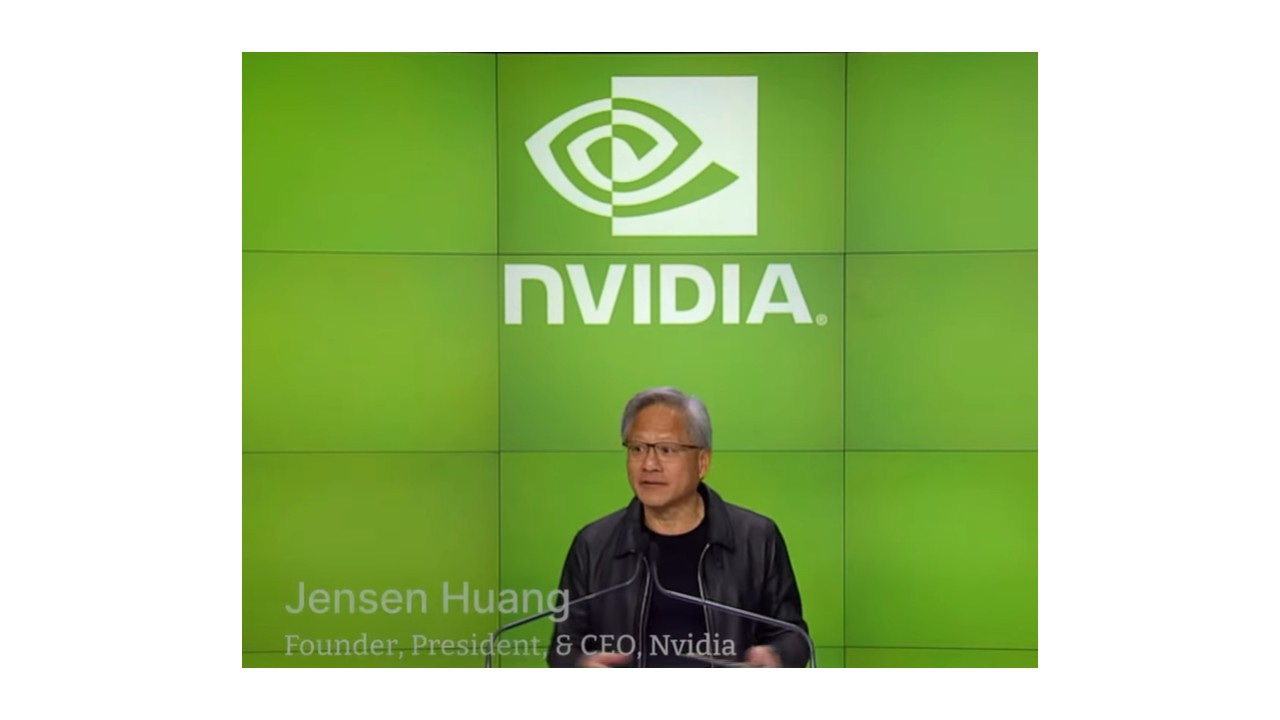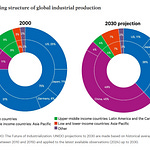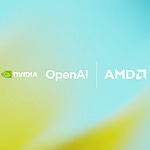NVIDIA has reported record revenue in its latest earnings, significantly surpassing Wall Street expectations, despite new U.S. export restrictions on AI chips to China. The company's Q1 fiscal 2026 revenue reached $44.1 billion, exceeding analyst predictions of $43.3 billion. This represents a 69% year-over-year increase and a 12% quarter-over-quarter increase.
The surge in revenue is primarily driven by NVIDIA's data center segment, which recorded an all-time high of $39.1 billion in revenue, a massive 73% increase compared to the same quarter last year. This highlights the immense global demand for AI infrastructure. Large cloud service providers such as Amazon, Microsoft, Google, and Meta were the biggest customers, accounting for just under 50% of data center revenue. NVIDIA continues to hold a dominant market share of over 90% in data center GPUs.
While the data center segment dominated, other segments also showed notable performance:
Gaming had a record quarter, hitting $3.8 billion, up 48% from the previous quarter.
Professional visualization came in at $509 million, which is basically flat quarter over quarter.
Automotive was $567 million, down just slightly, like 1% from the prior quarter.
The new U.S. export restrictions, enacted on April 9, 2025, require a license for NVIDIA to export its H20 products to the China market. These H20 chips were specifically designed for China under previous regulations. This policy change had an immediate financial impact in Q1, leading NVIDIA to take a substantial $4.5 billion charge related to excess inventory and purchase obligations for these chips. This charge significantly impacted their reported non-GAAP diluted earnings per share, which stood at $0.81. Excluding the $4.5 billion charge and related tax impact, the non-GAAP EPS would have been $0.96, indicating a $0.15 financial hit from this one policy action.











